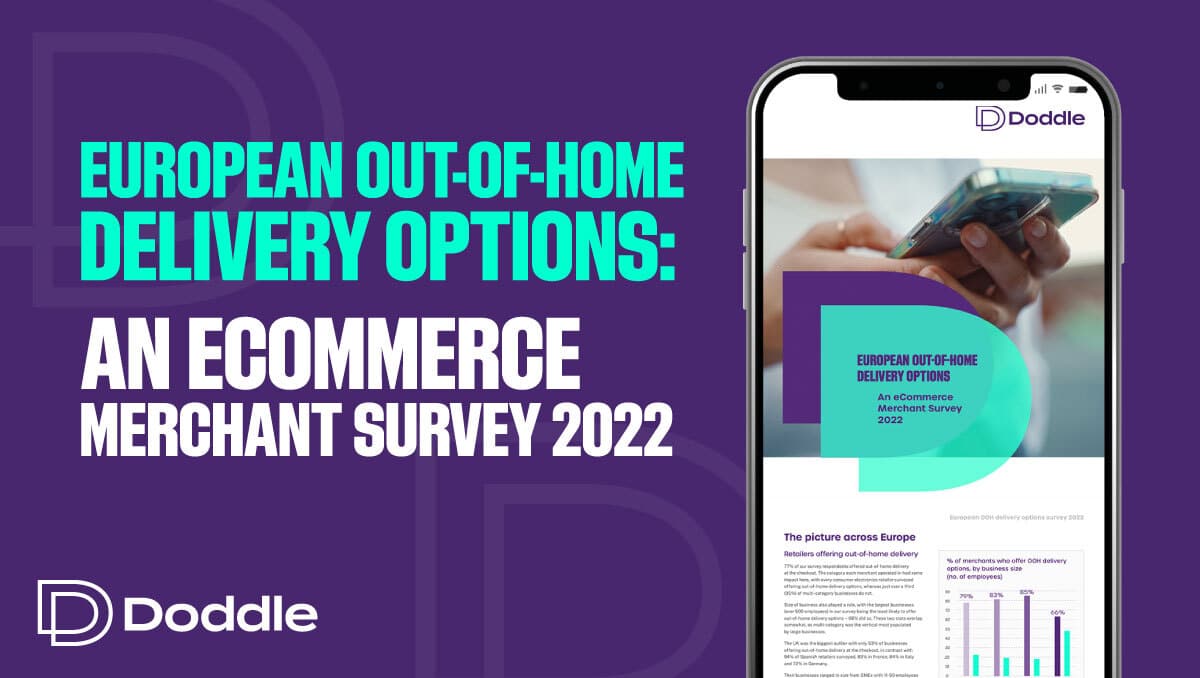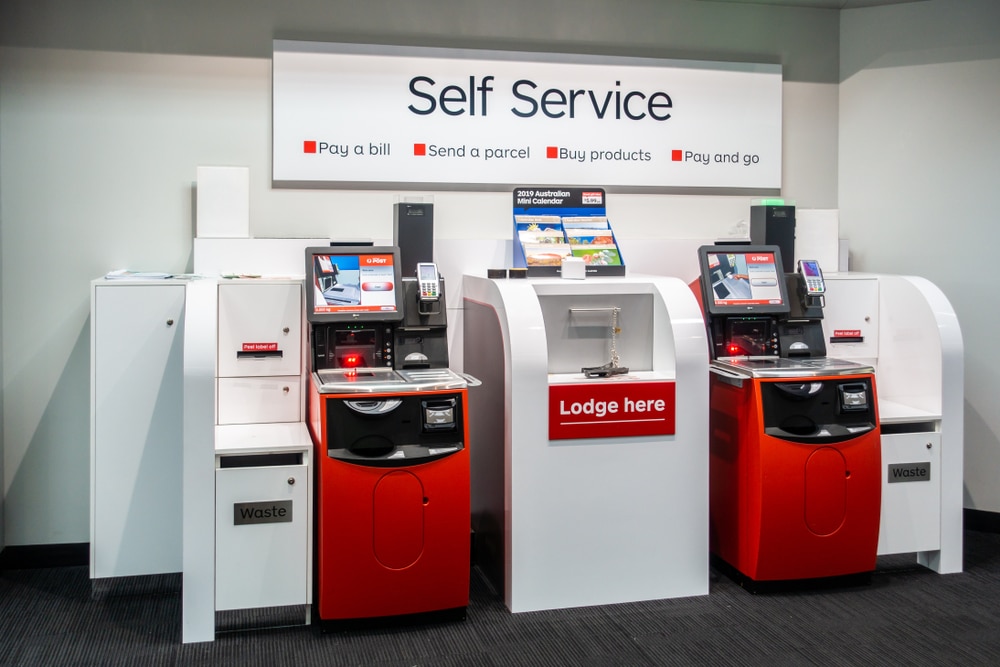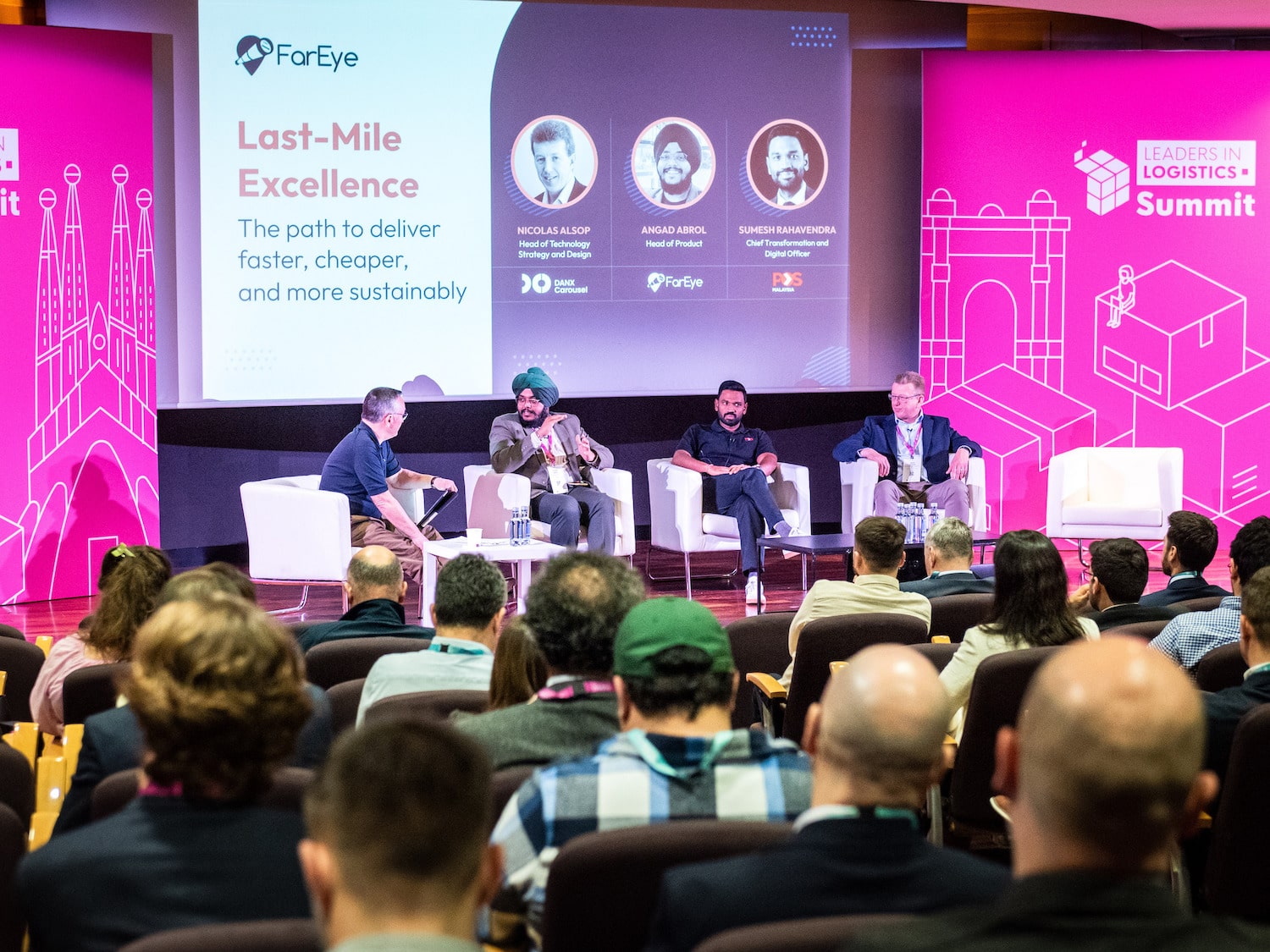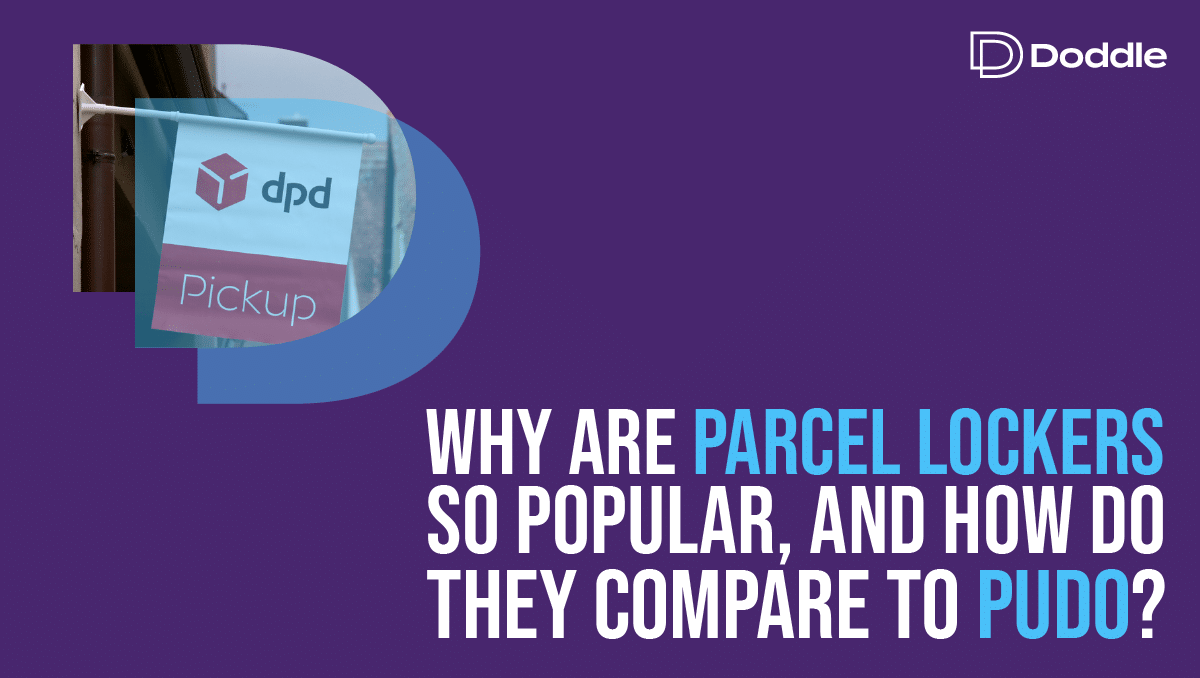Insight / Blog
Why Agnostic Parcel Locker Networks Aren’t Everywhere
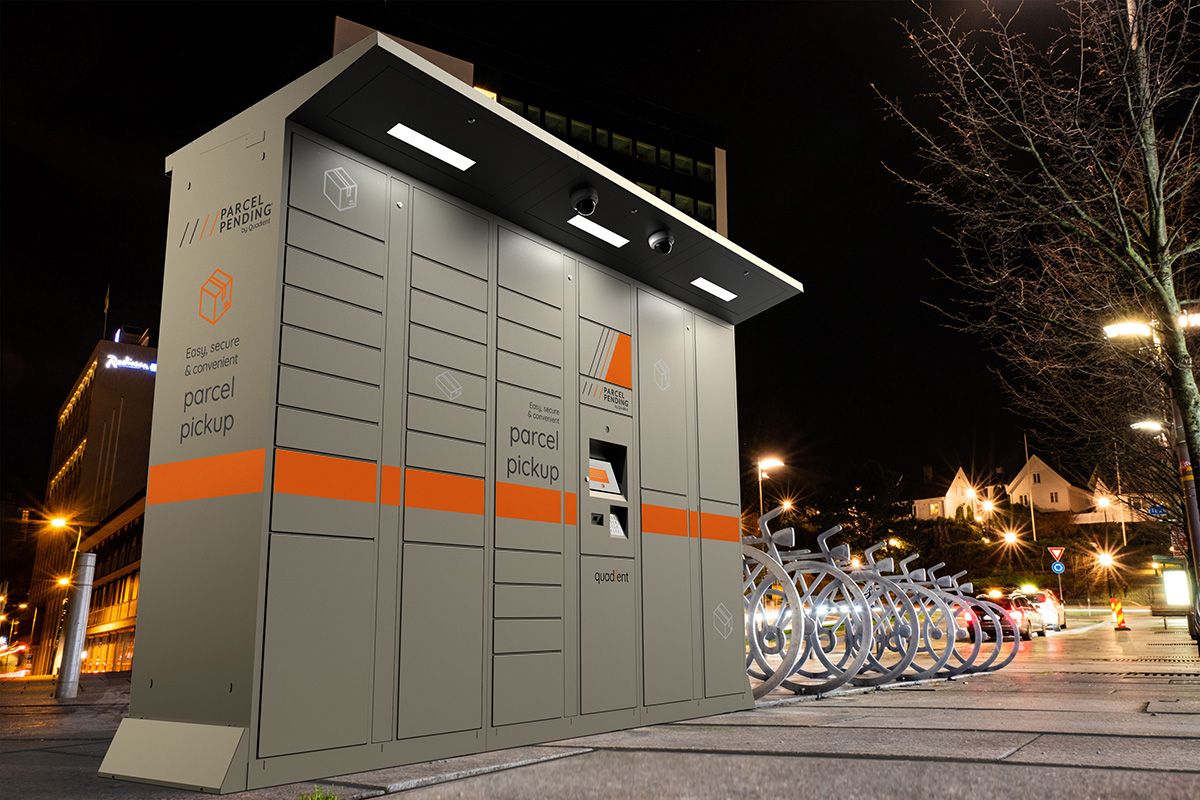
Summary: As Quadient announce the launch of a carrier-agnostic locker network in the UK, we explore why they aren’t more common.
As we’ve covered before, parcel lockers are in the spotlight right now. In the UK alone, Amazon has continued to grow its locker network, which is rumoured to be over 8,000-strong, while InPost has increased its network from 1,000 to 4,000 lockers in the space of two years.
In the latest UK locker market move, Quadient has announced the launch of its Parcel Pending locker network in the UK, with a distinctive carrier-agnostic model that doesn’t yet exist in the UK. That begs the question: why aren’t there more carrier-agnostic locker networks?
Why don’t we see much bigger locker networks in most countries?
To answer our question, we have to first ask a more basic question. Their apparent popularity can sometimes obscure a simple truth about parcel locker networks: it’s expensive and hard to make them work.
Take InPost, for example, probably the Western world’s leader in parcel lockers. It launched in 2000 but growth initially was hard. By 2015, 15 years after InPost launched, the total volume through all parcel lockers in Poland was only 18 million. Things then accelerated massively, such that by 2020, the volume through lockers was ~240 million. It took 15 years of foundation-laying and market evolution to enable that lift-off moment.
There are countless other examples of huge parcel locker networks being announced, only for the rollout to slow dramatically when volumes don’t materialise as quickly as the business model planning suggested they would. Then financial people start to look at the costs and returns, and then you don’t hear much more about those networks.
And this illustrates the biggest challenge for parcel lockers: money. Every locker bank costs a lot of it. We estimate the total ‘all-in’ cost of a single parcel locker over a 5-year period is somewhere between $25,000 and $30,000 when you factor in things like installation, service, software, and support. Given that carriers could open a hundred parcel shops for that money, it’s no surprise that most of the UK carriers have chosen to do exactly that. The default approach is to ensure widespread accessibility of out-of-home locations by going big on parcelshops, rather than investing heavily in the locker format and reaching fewer potential customers.
Carrier-agnosticity is a mighty challenge
So, lockers aren’t for the faint of heart – that’s a given. What’s particularly interesting about the Quadient approach, though, is their focus on a ‘carrier-agnostic’ model.
The elevator pitch of a carrier-agnostic locker is obvious: there’s shared cost, faster scale, greater utilisation, and a much more consumer-friendly proposition where shoppers don’t have to go to multiple locations to pick up different items from different lockers. But like many elevator pitches, the detail is where it gets interesting (and more challenging).
Carrier-agnosticity is really, really hard to achieve with lockers. You either need dynamic parcel management software that interfaces with carrier software in real time to manage availability – i.e. any compartment is available at any time for any participating carrier – or, you need to flood the market with so many locker compartments that you never have to worry about volume exceeding capacity.
Neither of those are cheap, nor easy.
If you have the former, you can manage parcel locker capacity in real time. The challenge of this, though, is that carrier systems would need to be dynamic too. Unfortunately, by and large, they’re not. There’s also the not-insignificant issue of consumer expectation management. If, as will happen, it turns out that actually shoppers can’t get their parcels in their chosen locker because the carrier arrived to find it full, how do you manage the follow-up? And importantly, how can you try to ensure they don’t abandon their fledgling habit of using lockers?
On the other hand, the market-flooding approach is comparatively simple, and comes with a simple challenge: you need a LOT of money. The only place this really happens is in China, where Hive Box has something like 300,000 locker banks with over 20 million individual compartments, with which it addresses something like 5% of Chinese parcel volume. To put that in context, InPost has 4,000 locker banks in the UK, with ~160,000 compartments, making it 1/125th the size. If InPost was to aim for 5% of UK parcel volume at the same door/parcel volume ratio as Hive Box, it would need approximately 28,000 locker banks. In a word: pricey.
Why are parcel lockers so popular, and how do they compare to PUDO?
A different approach
To cut to the chase, the former may not exist anywhere – it’s certainly not been proven at the kind of scale that Quadient will be aiming to achieve. What is also clear is just how unbelievably costly it would be to reach the Hive Box-style of market saturation in the UK. Those 28,000 lockers to manage just 5% of UK volume would come at a cost of $700,000,000.
While Quadient’s background and previous work shows it has the mentality and pockets to spend heavily upfront on infrastructure and let the earnings roll in later, the UK parcel delivery market might not work the same way as the letter franking and document printing model that it saw historic success with. Shoppers and ecommerce merchants have myriad choices when it comes to delivery providers and delivery options, and the Parcel Pending network will be one (initially small-scale) option among many, rather than a near-ubiquitous provider. In short, there’s no guarantee that the long-term pay-off actually emerges.
So, there needs to be a third approach that doesn’t break the bank or require carriers to have amazing dynamic technology. While Quadient may not have hyper-sophisticated capacity management to enable truly dynamic lockers, what it does have is a locker technology that allows compartments or locker columns to be ‘rented’ by separate carriers. For example, a bank of 40 lockers in 5 columns could be split into 3 columns for DPD, and 2 columns for another carrier, let’s say Yodel.
This model is more straightforward to manage than making every door available to every carrier, and retains some flexibility, but it does call into question whether the network is truly “carrier-agnostic”. In effect, it means the locker becomes two (or more) separate carrier-specific installations running on a shared platform with a single touchscreen for consumers, similar to the model that CTT is running in Portugal.
When it comes to the commercial arrangements, there are three broad ways the Parcel Pending network might work.
The cost of the locker rollout is being ‘underwritten’ by carrier contracts, which would mean that DPD is effectively paying to build the network
Quadient is employing the ‘build it and they will come’ strategy
Some combination of the two
The most likely is the third, hybrid approach. There are still challenges with any amount of ‘underwriting’ going on however, around balancing the various interests at play. Questions about when, where, and how fast the network should expand no longer have just one party answering them – not to mention managing potential competition for space, dynamic changes of locker space on a locker-by-locker or regional basis, on a daily or weekly or monthly basis, and so on ad infinitum.
Herding cats and the path of least resistance
Aligning with one carrier on these decisions is eminently possible, but getting multiple erstwhile competitors to sign off on everything would be like herding proverbial cats. The path of least resistance out of the complexity is for the lockers to end up being predominantly used by single carriers, which would rather dilute the carrier-agnostic brand and ideal, but will mean everyone knows where they stand.
If Quadient are entirely funding this, I have nothing but admiration. We at Doddle know very well the gamble inherent in an “if you build it, they will come” play. Carrier-agnostic networks are a brilliant idea, but the practical challenges make it hard to foresee unmitigated success, at least as a true carrier-agnostic entity, and I believe the most logical outcome will be for the network to be directly or indirectly owned by a carrier in the long term. Either way, we will be watching eagerly to see how this new UK last-mile player fares, and whether or not carrier-agnostic delivery can reach its theoretical potential in one of the most competitive ecommerce markets in the world.
Related articles
Return fees or free returns: why not both?
Debates between return fees or free returns miss the bigger picture: how to address the root issues of returns.
7 tactics to drive self-service parcel drop-off adoption
Focusing on parcel kiosks, we explore 7 tactics to encourage customer adoption and drive volume into out-of-home (OOH) delivery networks.
Important lessons from Leaders in Logistics 2024
Leaders in Logistics 24 dived into AI & automation, sustainability, changing ecommerce behaviours, emerging consumer expectations & predicted what the next decade had in store.








